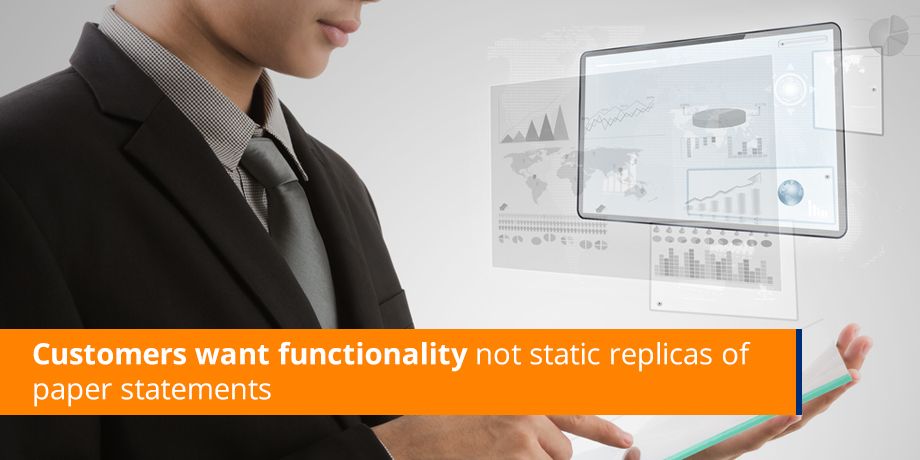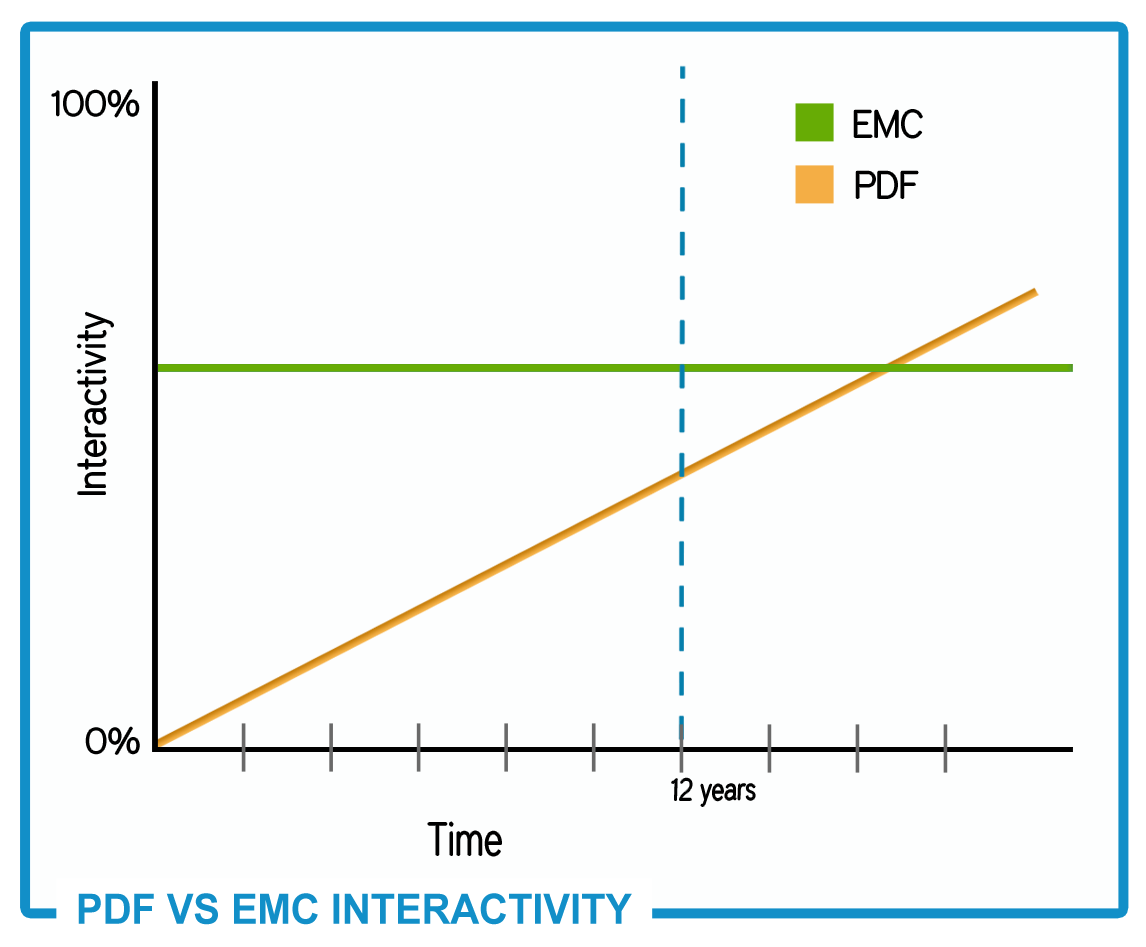
Customers want functionality not static replicas of paper statements.
Sending electronic documents continues to deliver operational savings for companies by reducing costs associated with print and postage. But many are experiencing low paper to paperless adoption rates. Michelle van den Berg, Head of eBilling at Striata SA, explores what drives paper turn-off and why conversion rates are not as they could be.
“Customer convenience and added value is key to promoting paper turn-off, so offering customers a better experience than the paper alternative is the first step. The ‘better experience’ cannot be achieved by simply replicating the print process and sending plain, static PDF documents or expecting customers to act against their natural tendencies.”
“We live in an age of interactive mobile apps, widgets and tools that keep consumers connected to their bank, businesses, communities and social lives. This has spurred organizations to invest heavily in websites, apps and other online initiatives but sometimes forgetting to enhance their email communications in line with user experience principles.”
Interactivity is the baseline
Van den Berg says when PDF documents moved from print to the digital process they were just an image with no interactivity and no functionality. “Companies wanting to leverage the electronic channel needed something more. To address this need, Striata developed a proprietary format (EMC) with a Reader that enabled the electronic document to be so much more.”
“The .emc is an encrypted, interactive format with incredible data compression capability. It supports multiple formats including PDF, HTML, Flash, CSV – all of which can be packaged inside a ‘mini website’ experience. The navigation, images and documents can be viewed offline.”
According to Van den Berg, 2014 will see the convergence between PDF and the interactive functionality that is offered through the .emc format.
“The result will be a fully interactive electronic document, but without the need for a proprietary reader download. We envisage that it will take another 12-18 months for the PDF format to offer all the functionality currently possible inside an .emc. Once this convergence takes place, the result will be rich functionality packaged in a globally ubiquitous format.”
PDF already supports tab navigation and forms submissions. If you are willing to go further, then you can enable sorting of data, interactive graphs, grouping of data, animations and videos all inside the trusted PDF format.
Is there still a place for static PDF?
Van den Berg says companies sending static PDF documents via email need to consider whether this format is providing the best customer experience.
“With enhanced PDF functionality now available, your customers may be expecting more. However, we also need to be cognizant of the increased usage of mobile devices to access email. Enhanced PDF with interactivity still needs to be fully enabled across all mobile PDF readers. If your user base is highly mobile, there is still a case to be made for static PDF.”
“This may be the most important message to companies considering electronic document distribution – offer choice. If your customers want interactivity – provide it. If they want fast access, low functionality on their mobile – offer that too. Technology is providing new opportunities, so shouldn’t you pass that flexibility onto your customers?”




